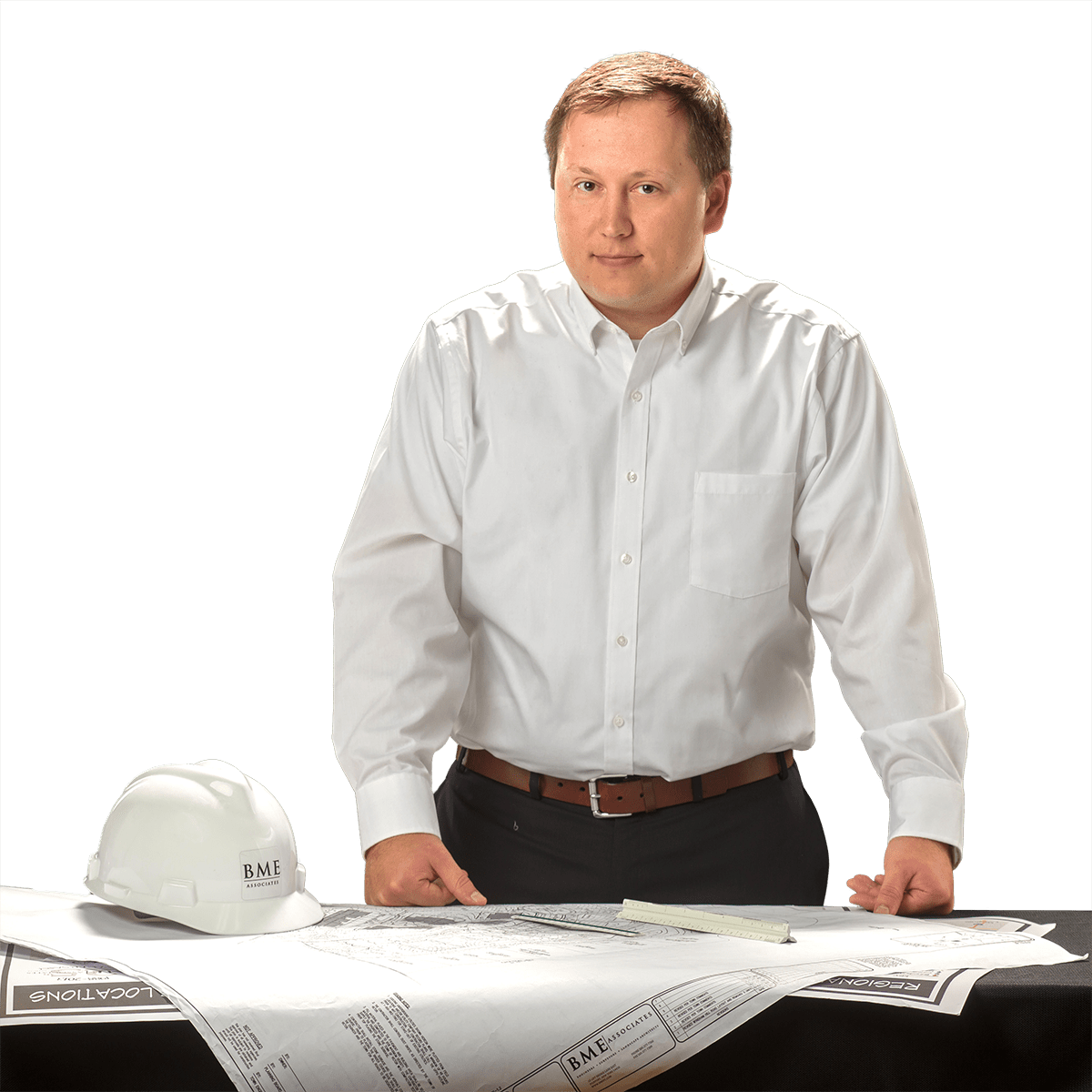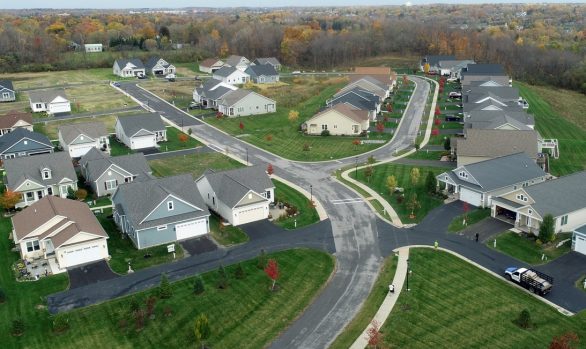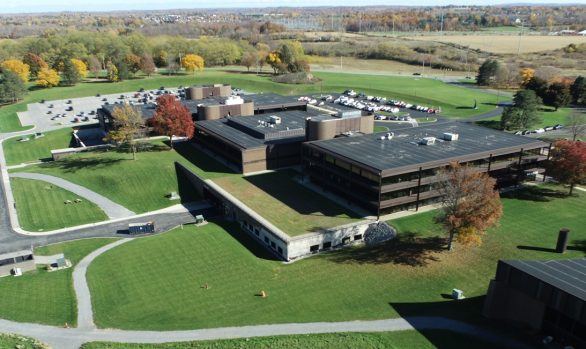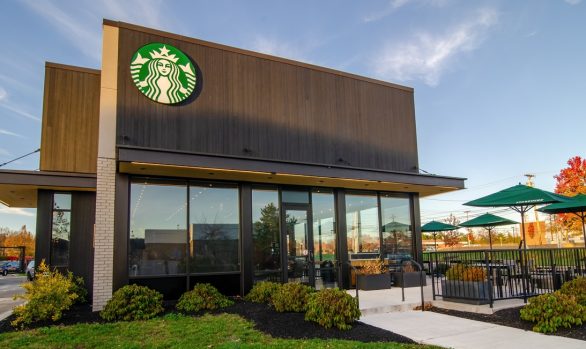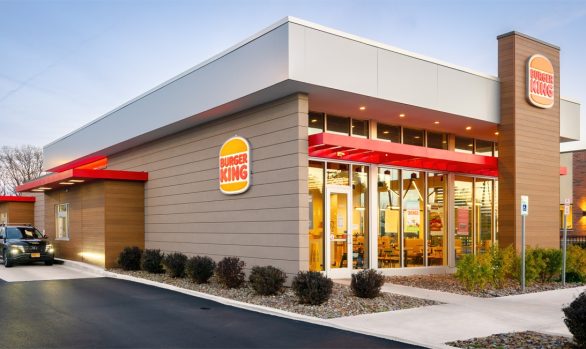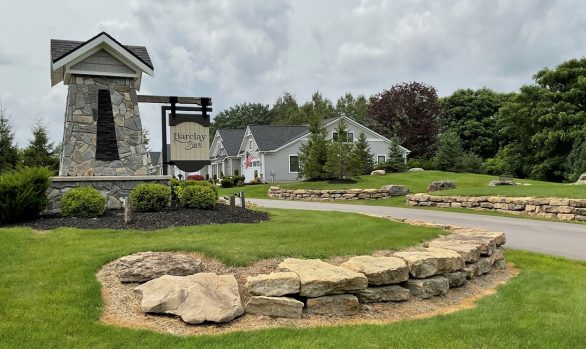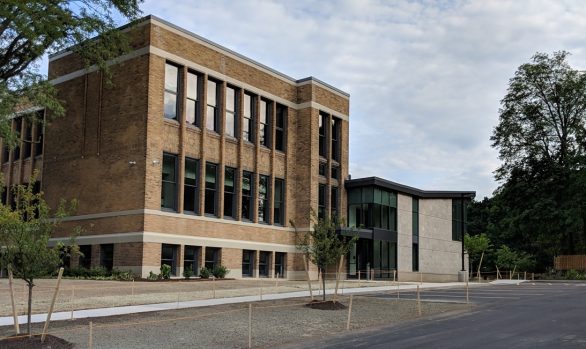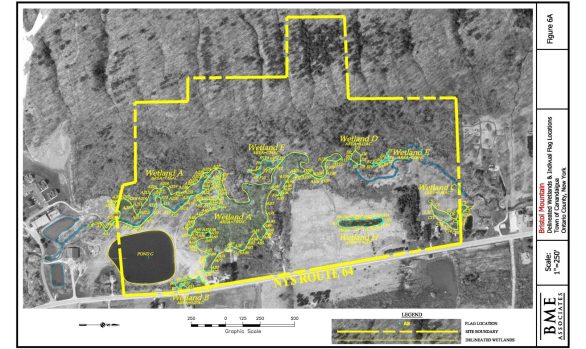- What is a Special Flood Hazard Area (SFHA)?
- What is the Base Flood Elevation (BFE)?
- What is a Flood Insurance Rate Map (FIRM)?
- How is it possible to remove a structure or property from a high-risk flood zone?
- If my structure or property is removed from a high-risk flood zone, do I still have to pay flood insurance?
- What is a Preferred Risk Policy (PRP)?
- How can an elevation certificate lower my insurance premiums?
- What is a Letter of Map Revision based on Fill (LOMR-F)?
- How does this work?
Answer:
A Special Flood Hazard Area (SFHA) is an area identified by FEMA as land areas with a high risk for flooding. High-risk SFHAs include Zone A, AO, A1-A30, AE, A99, AH, AR, AR/A, AR/AE, AR/AH, AR/AO, AR/A1-A30, V1-V30 or V.
Answer:
This is the elevation, usually in feet of the estimated 1% annual chance flood. The BFE is used to determine how much your flood insurance premiums will cost and the elevation that you need to build above to minimize flood damage to your structure.
Answer:
FEMA created Flood Insurance Rate Maps to show the location of the special flood hazard areas (SFHA) and BFEs in a community.
Answer:
Many FEMA maps in the Finger Lakes region and across NY State were developed in the 1970s and 1980s. FEMA did not research individual structures; instead they generalized areas based on the best available data at that time. Your property may have been inadvertently mapped into a SFHA based on the surrounding geography, and not the specific circumstances or topography on your lot. If your property falls into this category, then we may be able to submit a Letter of Map Amendment (LOMA) to FEMA to remove your property or structure from the SFHA.
Answer:
When a LOMA is submitted and accepted by FEMA, the mandatory flood insurance purchase requirement is lifted. However, your mortgage company may still require you to maintain flood insurance. Contact your lender to find out more information. Flooding waters do not recognize lines on a map; therefore, FEMA recommends maintaining flood insurance on your property. The good news is that a Preferred Risk Policy in a moderate risk zone costs a lot less than when your structure was determined to be in a SFHA.
Answer:
A Preferred Risk Policy (PRP) offers low-cost insurance coverage to owners and tenants of eligible buildings located in moderate risk flood zones of B, C and X.
Answer:
- An EC will accurately define the relevant elevations of your structures, machinery and ground adjacent to your structures to allow an accurate comparison to the elevation criteria FEMA uses to determine your flood risk.
- EC’s are required to support a Letter of Map Amendment (LOMA). If your structure is determined to be above the Base Flood Elevation, a LOMA can remove the mandatory flood insurance purchase requirement.
- In some cases, a Base Flood Elevation may not have been determined for your area. Therefore, you could be paying higher insurance rates than if a BFE was determined. Unknown risks cost significantly higher than known risks.
- Structural improvements can reduce flood insurance premiums. Flood vents reduce hydrostatic pressure from rising flood waters and elevating your lowest floor protects your property. We work closely with mitigation experts that may be able to help with these alternatives.
Answer:
A LOMR-F is used to remove a property or structure from the SFHA when the property or structure was built above the BFE using fill (earthen material). In most cases, a LOMR-F removes the mandatory flood insurance purchase requirement for a structure.
Answer:
- Contact our office to discuss your property’s location. Our surveyors will research your property through online resources and desktop software to determine which FEMA Zone your structure(s) and property appear to be located in, and whether your property may be a good candidate to benefit from an Elevation Certification. FEMA’s existing mapping is often vague, outdated, and not always accurate.
- If you decide to proceed with an Elevation Certification, our surveyors will schedule a date for the EC survey to occur. Our surveyors will need to be given access to your structure and property to shoot elevations of your finished floors, lowest mechanicals, and the ground surrounding your structures. Our surveyors utilize state of the art GPS and traditional Total Station survey equipment to ensure accurate results.
- If you have been previously categorized as being within a high-risk flood zone, and the certified elevations are found to have the proper relationship to the BFE or other determining topographic features, then we will be in a position to submit a LOMA to FEMA to request a formal removal of your structure or property from the floodplain.
- If your structure is below the BFE, you may still be able to lower your insurance premiums by:
- installing flood vents,
- making adjustments to floor and ground elevations,
- re-location of house mechanicals,
- floodproofing commercial properties,
- proving that your structure is higher in elevation than originally recorded, and
- determining the BFE in Approximate A zones.
We work closely with mitigation experts that may be able to help with these alternatives.

